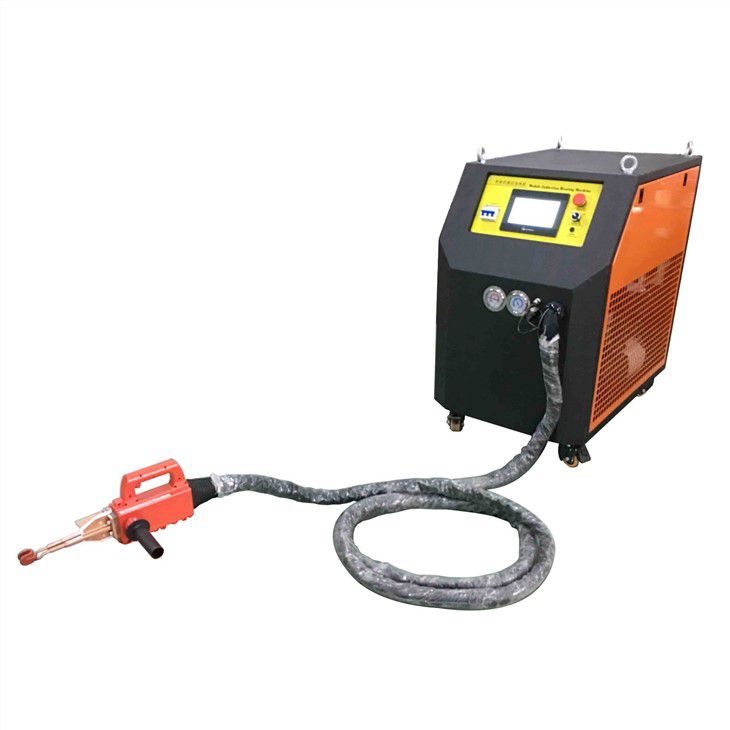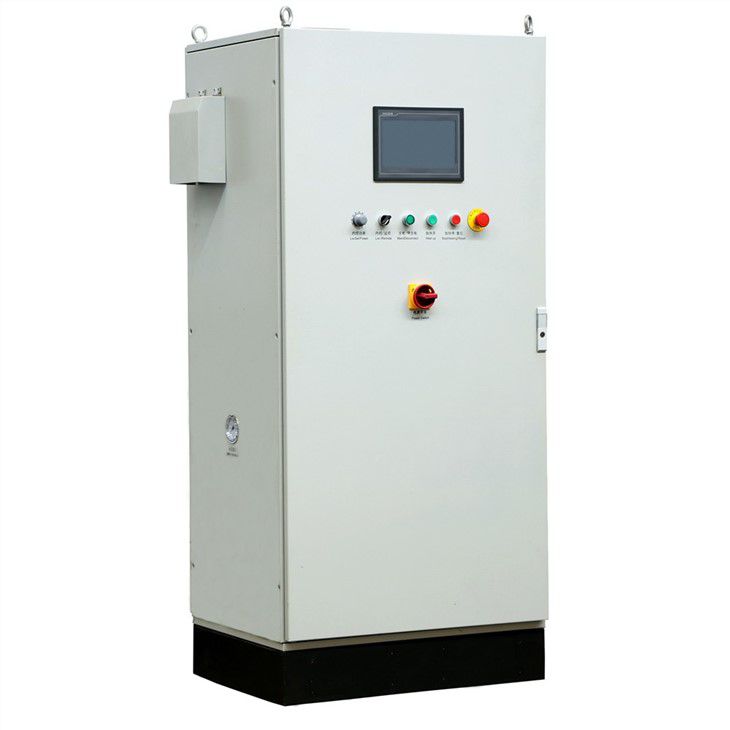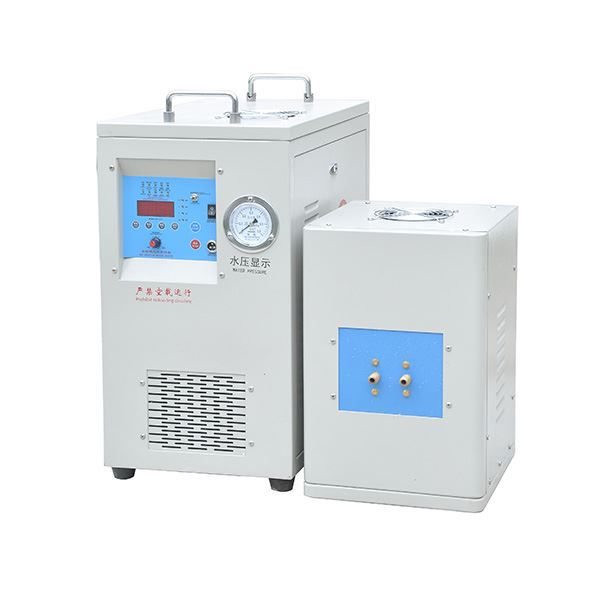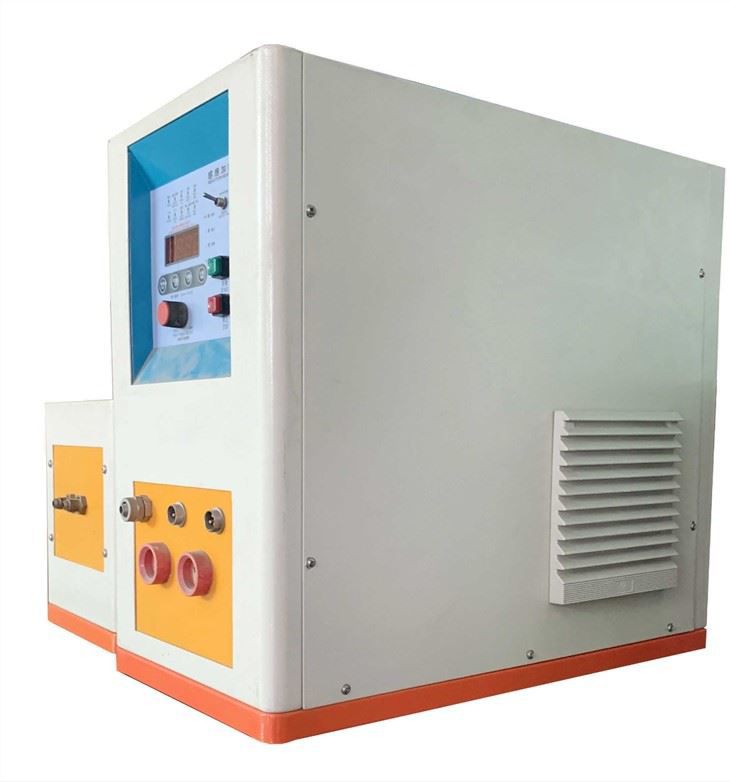- UHF Induction Heating Machine
- HF Induction Heating Machine
- MF Induction Heating Machine
- Induction Heat Treatment Machine
- Air Cooled Induction Heater
- CNC Hardening Machine Tool
- Induction Brazing Systems
- Portable Induction Heater
- Induction Forging Machine
- Metal Melting Furnace
- Induction Coils
- Resistance Furnace
- Infrared Thermometer
- Industrial Cooling Machine
- Induction Heating Transformers
- Custom Induction Heating Systems
- UHF Induction Heating Machine
- HF Induction Heating Machine
- MF Induction Heating Machine
- Induction Heat Treatment Machine
- Air Cooled Induction Heater
- CNC Hardening Machine Tool
- Induction Brazing Systems
- Portable Induction Heater
- Induction Forging Machine
- Metal Melting Furnace
- Induction Coils
- Resistance Furnace
- Infrared Thermometer
- Industrial Cooling Machine
- Induction Heating Transformers
- Custom Induction Heating Systems
Enquire
Influencing factors of induction brazing quality
The main factors affecting induction brazing are as follows:
1. Stability and accuracy of induction power supply equipment
1) Precision of power supply control of equipment
Usually, the induction heating power supply is output and controlled by the way of current and power. The output precision of the induction power supply directly affects the stability of the induction heating.
2) Temperature of cooling water
The temperature of the cooling water here refers to the temperature of the cooling water that uses the water-cooled structure and flows through the inside of the induction power supply to cool the IGBT control board or the main board of the induction power supply. The rise of the water temperature will cause abnormal work of some internal components of the induction power supply, which will increase the fluctuation of the power supply output, and then affect the brazing heating effect. Usually, the temperature of the water should not exceed 35℃.
2. Stability of input power supply
The stability of the input power supply mainly refers to the stability of the input voltage and frequency voltage. Induction heating power supply, each has its design allows the working voltage or frequency range, when the input voltage or frequency exceeds the range of induction power supply design value, the power supply itself may appear output volatility, abnormal work and equipment impact damage, such as fault, therefore in the induction brazing, quantitatively monitoring at the input voltage and frequency, prevent abnormal.
3. Induction coil design and structure
The induction coil is the core component to realize the heating of the workpiece to be welded. To some extent, an inductor is the most important factor related to the temperature uniformity of the workpiece induction heating and the flow filling quality of the filler metal in the gap. Therefore, special caution must be taken when the design and structure of the induction coil is involved.
1) Induction coil structure
A special inductor should be designed according to the structure and shape of the workpiece to be heated and the size of the joint. Special design and manufacture of the inductor structure heating structure can obtain the best temperature uniformity and the best heating effect.
2) Size of induction ring
The inductor coil size includes the material, pitch, and inner diameter of the copper tube used for winding the coil. The basic principles of inductor design are as follows:
Heat occurs only near the inductor, and the inductor should only surround the part of the workpiece that needs heating;
The closer the induction ring is to the workpiece surface, the heating is pleasant. Therefore, changing the coupling can adjust the heating rate.No contact is allowed between the inductor and workpiece.
In order to obtain a uniform heating range in the multi-turn induction coil, the distance between turns (pitch) should be minimum, but they are not allowed to contact each other;
The induction coil shall have the maximum number of turns in harmony with the external dimensions of the workpiece, and shall be able to obtain the required heat distribution range.
4. Consistency of incoming size of the workpiece
1) Dimensional consistency of clearance processing involving brazed joints
The gap of the brazing joint is the most important size of the brazing joint, which is directly related to the flow of brazing filler metal and the forming of the welding seam. Because induction brazing is usually automatic welding, the addition solder is quantitatively added by welding ring, filamentous, sheet, or paste.
If the joint gap increases, the following problems may exist during brazing:
With the decrease of capillary force, the filling ability of filler metal is weakened.
The increase of the gap is not conducive to the heat conduction or heat transfer between the two matrix metals, and is not convenient for uniform heating;
Clearance increase, quantitative filler metal can not completely fill the clearance, easy to form the appearance of soldering defects;
Increases the possibility of contact between the base metal and air, resulting in serious oxidation problems.
If the joint clearance is reduced, the following problems may exist during brazing:
the solder brazing agent can not completely fill the joint gap, can not form a high-quality joint;
The reduction of clearance may lead to assembly difficulties and low production efficiency;
The reduction of clearance may lead to the appearance of the weld bulging.
Therefore, when welding at high frequency, the welding gap must be strictly controlled (especially for automatic brazing), and the joint gap deviation should not exceed ±0.03mm, which can meet the requirements of batch induction brazing.
2) workpiece thickness and size consistency
The thickness of the workpiece is directly related to the heating efficiency of the workpiece. The thickness deviation of the heating part of the workpiece should not exceed ±0.3mm as far as possible.
5. The material composition of the welding parts should be consistent
For welding workpieces of resistivity changes with the composition of different, in the case of workpiece shape and size is consistent, such as severe fluctuation of the composition of the workpiece, can lead to artifacts resistivity volatility, and the induction heating depends on the metal itself resistance brazing fever heat, the higher the resistance, the higher the heating efficiency, the faster the heating rate, the child is lower, The fluctuation of the composition will lead to the fluctuation of the metal resistance, which will directly affect the control of the induction heating parameters and process, especially the control of the process and quality of automatic induction brazing. Therefore, it is necessary to ensure the consistency of the material composition of the workpiece to be welded to avoid large fluctuation of the composition.
6. Brazing flux for solder metal
1) Composition grade of solder filler
The composition and grade of solder brazing flux selected are directly related to the filling and joint performance of the filler metal. Different matrix metals have the best solder brazing flux, and the best brazing effect and quality can be obtained. About this part of the content can refer to the relevant articles on the selection of solder brazing flux published by this public number.
2) The morphology of solder flux (liquid, powder, paste)
When induction brazing, the liquid flux is preferred, because the liquid flux can be added more evenly in the metal matrix and the joint gap, it can better and more uniform cover the metal surface of the matrix, the adding position is easier to ensure, and the best flux effect is obtained.
For solder metal, the form of solder metal suitable for automatic addition (such as paste) is preferred to ensure the consistency of relative position between solder metal and matrix metal workpiece.
3) the way of adding solder flux
In order to ensure that the brazing quality can meet the requirements, the automatic brazing method is preferred.
7. Brazing parameters
1) Parameter setting mode
The corresponding parameter Settings should be set according to the properties of the matrix metal and the solder flux, the acting temperature, and the special requirements of the joint.
2) Different manufacturer parameters
There are many suppliers for most companies, the same workpiece, used by each supplier for raw materials and processing technology and so on are different, workpiece material, composition and performance differences, induction heating, the heating workpiece is different, different manufacturers, therefore, induction heating parameters of the workpiece is different, need to set different parameters for different manufacturers, therefore, workpiece, Validation should be performed according to the specific workpiece.
8. Pre-welding treatment of workpiece
Before welding process of the workpiece, before welding process is the same with another brazing method, its purpose is to eliminate the matrix metal affect flow filling solder wetting the surface of the debris, such as oxide impurities, rust, oil, and reduce the surface tension of the metal substrate, the substrate metal surface conducive to the rapid flow of the molten solder.
9. Jigs and fixtures
1) Repeated positioning accuracy of tooling and fixture
The main purpose of the fixture is to ensure that the heating part of the workpiece is stable relative to the inductor, and the assembly of the workpiece is centered and the clearance is uniform. The heating temperature and heating speed of the workpiece is greatly related to the distance between the workpiece and the inductor. The closer the distance is, the faster the heating speed will be. The farther the distance is, the slower the heating speed will be. Therefore, the repeated positioning accuracy of the positioning tooling has a great impact on the uniformity of the induction heating of the workpiece. Usually, the repeated positioning accuracy of the tooling is higher than ±0.5mm, which can avoid the impact on the heating.
2) reliability of tooling and fixture
Because the induction heating, the sensor to the workpiece heating at the same time, will synchronize the fixture heating, so in the design of the fixture, should consider the influence of induction heating on the fixture in advance, to prevent the fixture deformation or failure, resulting in the fixture positioning accuracy decline and failure.
3) The influence of tooling and jig on induction heating
Locate the fixture material
Position the distance between the tool and the sensor
Cooling tooling temperature
10. Field operation
Operators should master the basic knowledge of induction brazing and be familiar with the factors that affect the quality of induction brazing of workpieces. During brazing operation, they must operate according to the requirements of brazing quality to ensure the quality of brazing.
Share this article to your platform:








